20 Important Leadership Questions and Answers [With PDF]
The 6th chapter of our Management learning course is “Leadership”. In this article, we’ll learn the 20 most important leadership questions and their answers.
It will help you understand the important leadership terms and their explanations quickly.
By reading this post, you may quickly prepare for management courses and for any competitive tests such as school and college exams, vivas, job interviews, and so on.
So let’s get started…
Leadership Questions and Answers
The 20 important leadership questions and answers are as follows:
Question 01: What is Leadership?
Answer: Leadership is the strategy of achieving a goal by directing the behavior and work of a party or group towards a specific goal.
Question 02: What is The Importance of Leadership?
Answer: The following are some of the reasons why leadership is important:
- Fostering unity
- Boosting team spirit
- Assuring goal attainment.
- Assisting in the application of authority
- Maintaining cooperation
- Developing morale
Question 03: Why is Leadership is Important in Management?
Answer: Management is the strategy for achieving a goal by making effective use of the resources available in the organization.
This strategy encompasses planning, organizing, staffing, leadership, and control. The first three words in this case are preparatory.
In reality, the leader implements the plan through leadership, i.e. direction, motivation, and coordination. As a result, leadership is important in management.
Question 04: Why is Leadership Important in Achieving Goals?
Answer: Effective leadership is essential to achieving institutional objectives. This is due to the fact that leadership is a strategy that enables team members to achieve the goals they set for themselves to the best of their abilities.
As a result, competent leadership aids in the achievement of the goal by properly managing manpower.
Question 05: What are the Different Types of Leadership?
Answer: The different types of leadership are as follows:
Based on Formalities:
- Formal Leadership
- Informal Leadership
Based on Types of Using Power:
- Autocratic Leadership
- Paternalistic Leadership
- Democratic or Participative Leadership
- Free-rein Leadership
Based on Outlook:
- Function Oriented Leadership
- Employee-oriented Leadership
Question 06: What is Formal Leadership?
Answer: Formal leadership is leadership that emerges from a hierarchy in a formal organizational structure.
Question 07: What is Informal Leadership?
Answer: When large groups of people work together in large organizations, informal leadership emerges as a result of differences between groups, communities, birthplaces, political ideologies, personal preferences, and so on. While such leadership lacks formal authority, it wields considerable power over party members.
Question 08: What is Autocratic Leadership?
Answer: Autocratic leadership is a style of leadership in which the leader exercises control complete power and makes all decisions.
Question 09: What Characteristics Characterize Autocratic Leadership?
Answer: The four most important characteristics of autocratic leadership are as follows:
- The leader retains complete control.
- He makes all of his own decisions.
- The leader sees no reason to consult or discuss any issue with his subordinates.
- Employees should be expected to be completely loyal.
Question 10: What is Paternalistic Leadership?
Answer: Paternalistic leadership is a more developed form of autocratic leadership. The relationship between the leader and the followers in this system is similar to that of a father and a child. The leader is considerate to his followers.
Question 11: What is Democratic or Participative Leadership?
Answer: Democratic or participative leadership is a style of leadership in which the leader delegates the necessary authority to subordinates rather than concentrating all power on himself and ensuring the subordinates’ consultation and participation in decision making. This type of leadership is diametrically opposed to autocratic leadership.
Question 12: What Characteristics Characterize Democratic Leadership?
Answer: The four most important characteristics of democratic leadership are as follows:
- In this case, even though the leader has the authority to make a single decision, he does not.
- Attempts are made in this system to involve subordinates in decision-making.
- In this case, the leader is eager to move the subordinates forward.
- The leadership attempts to complete the task by instilling enthusiasm in the workers.
Question 13: What is Free-rein Leadership?
Answer: Free-rein leadership refers to a leadership system in which subordinates have unrestricted freedom, the leader becomes inactive and distances himself from subordinates, and the leader plays no role in achieving the goal.
Question 14: What is Function Oriented Leadership?
Answer: Function-oriented leadership is a leadership style in which the leader prioritizes getting more work from employees.
Question 15: What is Employee Oriented Leadership?
Answer: employee-centered leadership is a type of leadership that considers the good and bad, enthusiasm and interest of employees in increasing productivity.
Question 16: What are the Qualities of a Good Leader?
Answer: The following are the ten most important qualities of a good leader:
- Education and experience
- Organizational knowledge and skill
- Strength and ability
- Courage and a positive attitude
- Responsibility and risk-taking mindset
- Patience
- Knowledge of subordinates
- Justice
- Communication skills
- Hard work and endurance
Question 17: What are the Functions of a Leader?
Answer: The important functions of a leader are as follows:
On the basis of organization:
- Planning and policy formulation
- Creating a proper organizational structure
- Employee selection and development
- Directing
- Effective supervision and coordination
- Controlling
On the basis of Workforce:
- Creating enthusiasm
- Boosting team spirit
- Development of the morale of the employees
Question 18: Why Is It Important for a Leader to Be Foresighted?
Answer: The ability to think about the future with insight is referred to as foresight. It is impossible for a leader to make the right decision if he fails to make a proper assessment of the future by considering the past and the present.
When a leader is able to make accurate predictions and succeed in the workplace by making the right decisions, subordinates respect the leader more. The leader must be foresighted in order to accomplish this.
Question 19: What are the Obstacles to Leadership Development?
Answer: The following are the obstacles to developing leadership:
Personal problems of a leader:
- Leadership inefficiency
- Vanity
- A proclivity to display power
- A proclivity to avoid responsibility
- Excessive emotion
- Inability to maintain neutrality
Problems of Followers:
- Subordinate inefficiency
- Negative attitude toward leadership
- Work-avoidance mentality
- Over-reliance on the leader
Institutional Problems:
- Environmental impediment
- Difficulties in selecting a leader
- The complexity of organizational structure
- Inadequate factors
Question 20: What are the Methods for Removing Obstacles to Leadership Development?
Answer: The following are some methods for removing obstacles to leadership development:
- Top executives’ eagerness to create new leadership
- Development and implementation of organizational rules and procedures
- Providing opportunities for individual development
- Proper evaluation of merits and skill and
- Establishing reciprocal good ideas and relationships.
I hope that by the end of this post, you have a good understanding of the “Leadership” chapter.
You will gain a better understanding of the “leadership” chapter if you read these 20 important leadership questions and answers on a regular basis.
You can also read:
- 25 Important Introduction to Management Questions and Answers [With PDF]
- 25 Important Management Principles Questions and Answers [With PDF]
- 25 Important Planning and Decision Making Questions and Answers [With PDF]
- 30 Important Organizing Questions and Answers [With PDF]
- 25 Important Staffing Questions and Answers [With PDF]
- 20 Important Direction Questions and Answers [ With PDF]

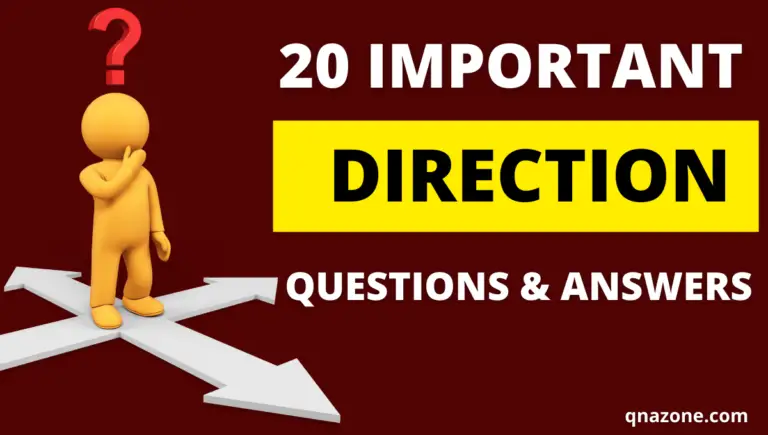
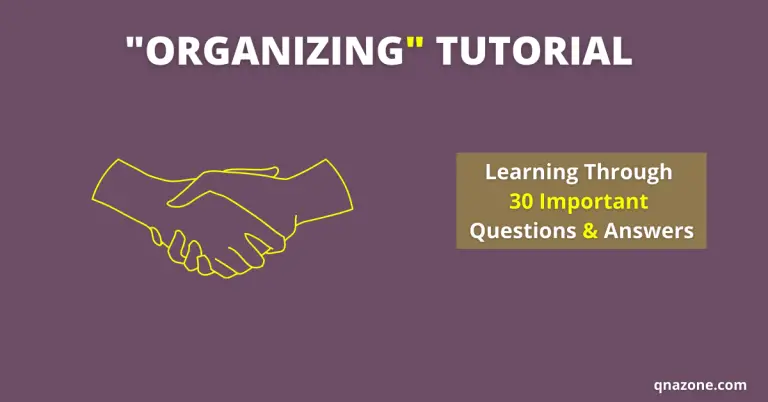
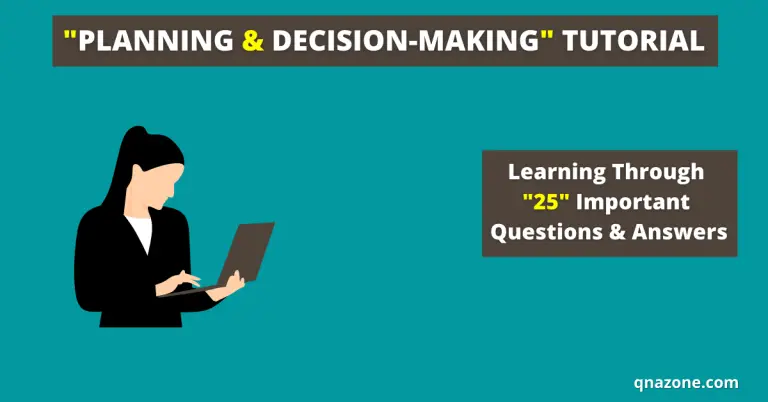
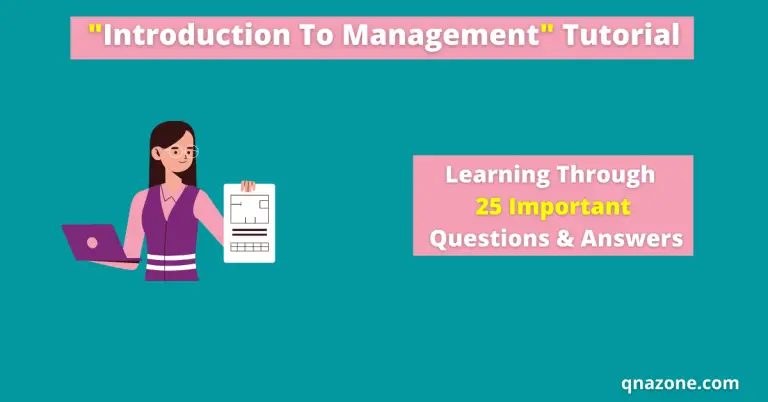
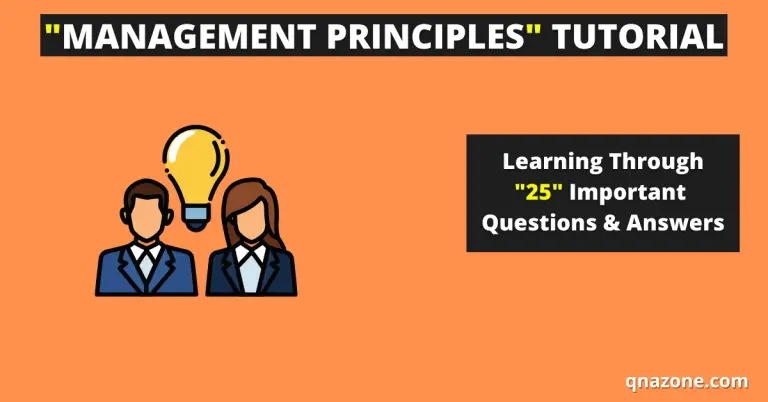
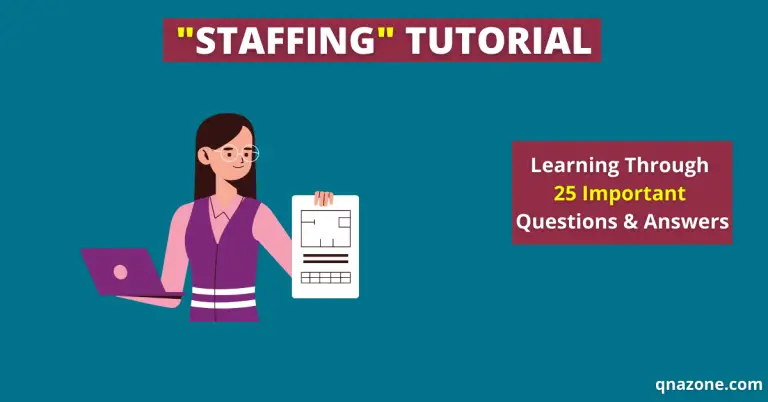
Hello, just wanted to say, I loved this blog post.
It was inspiring. Keep on posting!
I loved this course
I loved this course
It is interesting and I love to teach this course with practical
exercise